Pepper X: The Evolution of Heat in the World’s Hottest Peppers
(This article was written by Angela Mason Foster, Extension Master Gardener℠ Volunteer) Pepper X: The Evolution of Heat in the …



El inglés es el idioma de control de esta página. En la medida en que haya algún conflicto entre la traducción al inglés y la traducción, el inglés prevalece.
Al hacer clic en el enlace de traducción se activa un servicio de traducción gratuito para convertir la página al español. Al igual que con cualquier traducción por Internet, la conversión no es sensible al contexto y puede que no traduzca el texto en su significado original. NC State Extension no garantiza la exactitud del texto traducido. Por favor, tenga en cuenta que algunas aplicaciones y/o servicios pueden no funcionar como se espera cuando se traducen.
Inglês é o idioma de controle desta página. Na medida que haja algum conflito entre o texto original em Inglês e a tradução, o Inglês prevalece.
Ao clicar no link de tradução, um serviço gratuito de tradução será ativado para converter a página para o Português. Como em qualquer tradução pela internet, a conversão não é sensivel ao contexto e pode não ocorrer a tradução para o significado orginal. O serviço de Extensão da Carolina do Norte (NC State Extension) não garante a exatidão do texto traduzido. Por favor, observe que algumas funções ou serviços podem não funcionar como esperado após a tradução.
English is the controlling language of this page. To the extent there is any conflict between the English text and the translation, English controls.
Clicking on the translation link activates a free translation service to convert the page to Spanish. As with any Internet translation, the conversion is not context-sensitive and may not translate the text to its original meaning. NC State Extension does not guarantee the accuracy of the translated text. Please note that some applications and/or services may not function as expected when translated.
Collapse ▲(This article was written by Angela Mason Foster, Extension Master Gardener℠ Volunteer) Pepper X: The Evolution of Heat in the …
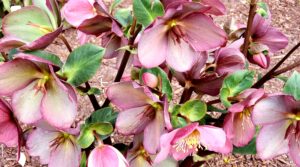
(This article was written by Angela Mason Foster, Extension Master Gardener℠ Volunteer) Hellebores, commonly known as Lenten Roses, are among …
(This article was written by Angela Mason Foster, Extension Master Gardener℠ Volunteer) For gardeners, winter can feel like an unending …
(This article was written by Angela Mason Foster, Extension Master Gardener Volunteer) When winter’s chill settles in and your garden …
(This article was written by Angela Mason Foster, Extension Master Gardener Volunteer) As the days grow shorter and colder, many …
We live in a great state that provides free soil testing most of the year! In North Carolina, soil …

Join our Master Gardeners for a Winter Seed Sowing class! More information is available in the flyer below. Please register …
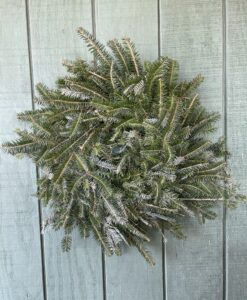
I am writing this before I head to the mountains this week to pick up our Christmas Wreaths for …
Christmas is right around the corner! My family traditionally decorates for Christmas the weekend after Thanksgiving but we got …
Article written by Angela Mason Foster, Extension Master Gardener Volunteer Thanksgiving is a celebration of abundance, often centered around a …
(Written by Angela Mason Foster, Extension Master Gardener℠ Volunteer) As the fall season arrives, gardeners in Eastern North Carolina are …
(This article was written by Angela Mason Foster, Extension Master Gardener Volunteer) Recently, I had the opportunity to attend a …
(This article was written by Angela Mason Foster, Extension Master Gardener Volunteer) As the days shorten and temperatures drop, many …
As gardeners, we trust that compost is a safe, natural way to enrich our soil, improve plant health, and …
I have begun to see all of the pruning debris on the side of the road as I drive …

Garlic is a staple in kitchens around the world, known for its robust flavor and health benefits. However, what …
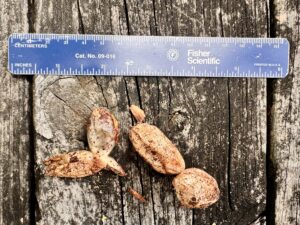
Tis the season! This is the time of year when we start seeing a number of cool things in …
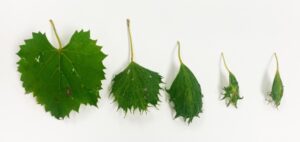
Perhaps you missed it? Back in July, the commercials that once plagued our evening television commercial space stopped. Have …
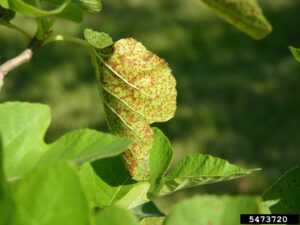
I love some figs (Ficus carica)! I usually get the opportunity to go to the Ocracoke Fig Festival in …
To seed, or not to seed, that is the question: Whether ‘tis nobler in the mind to suffer winter with …
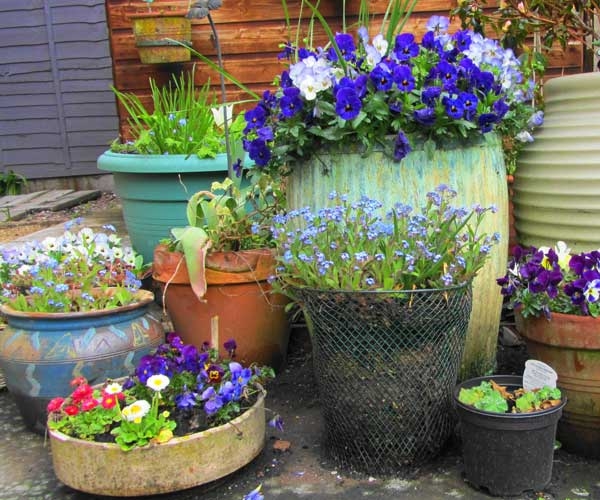
In this publication you will find ideas to get you started growing your own edibles. …

Black root rot impacts a range of woody and herbaceous ornamental plant species primarily in …

This Entomology Insect Note discusses how to identify and manage common armored scale insects that …
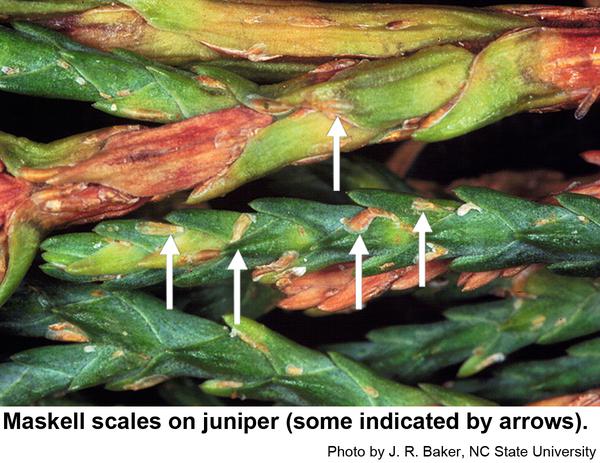
This factsheet describes the biology of the maskell scale, Lepidosaphes maskelli, and provides residential management …
This guide is designed to help turf managers identify the major turfgrass pests found in …

This native plants chapter of the Extension Gardener Handbook defines the term native, why gardeners …

This field guide and linked resources provide information on basic insect identification, sampling methods, monitoring, …

This publication alerts prospective gardeners to some of the most common contaminants in urban soils, …